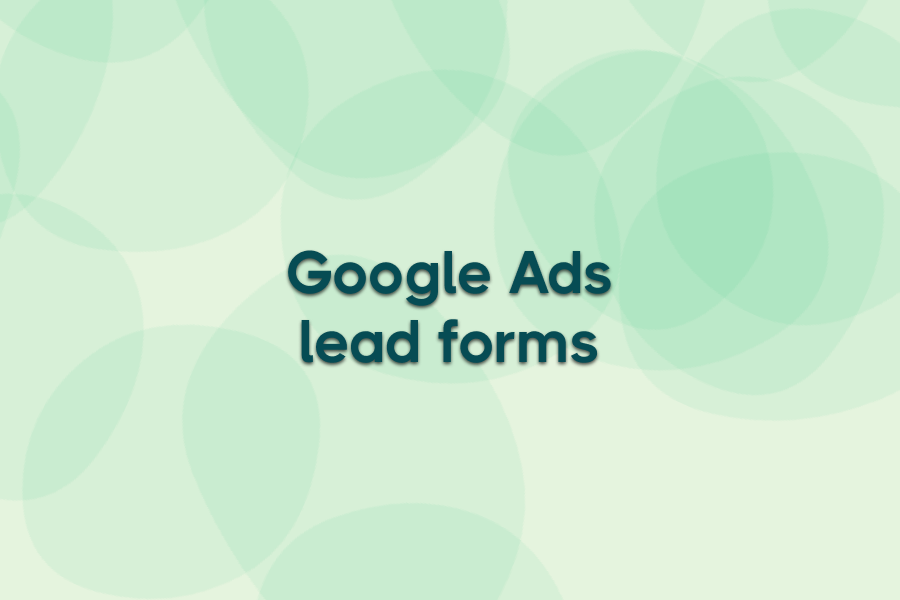If you’re running Facebook Lead Ads but still downloading CSV files to hand off to sales, you’re bleeding revenue. Leads go cold in minutes, not days — and that delay? It’s costing you deals.
Luckily, the fix is straightforward: integrate Facebook Lead Ads with your CRM.
The moment a lead submits a form, it drops straight into your pipeline, assigns to the right rep, and kicks off automated follow-ups. No manual work. No wasted time.
In this article, I’ll walk you through why this connection is a game-changer, the best CRMs for the job, and exactly how to set it up so you never miss another lead again.
Why connect Facebook Lead Ads with a CRM?
Every lead you capture is a potential sale, but only if it reaches your sales team instantly and with context. Connecting Facebook Lead Ads to your CRM means new contacts appear the moment they submit a form — no exporting, no delays.
This integration unlocks three big wins:
- Lead syncing – Instantly moves data from Facebook into your CRM without manual work.
- Automated follow-ups – Triggers personalized emails, calls, or tasks the second a lead arrives.
- Pipeline tracking – Lets you see every interaction and deal stage in one place, so high-intent prospects get attention while they’re still engaged.
Done right, it’s the difference between chasing cold leads and closing warm ones.

Best CRMs that integrate with Facebook Lead Ads
Not all CRMs handle Facebook Lead Ads equally well. Some offer native integrations, while others need a third-party connector for faster or more flexible syncing. Here are four of the strongest options.
HubSpot
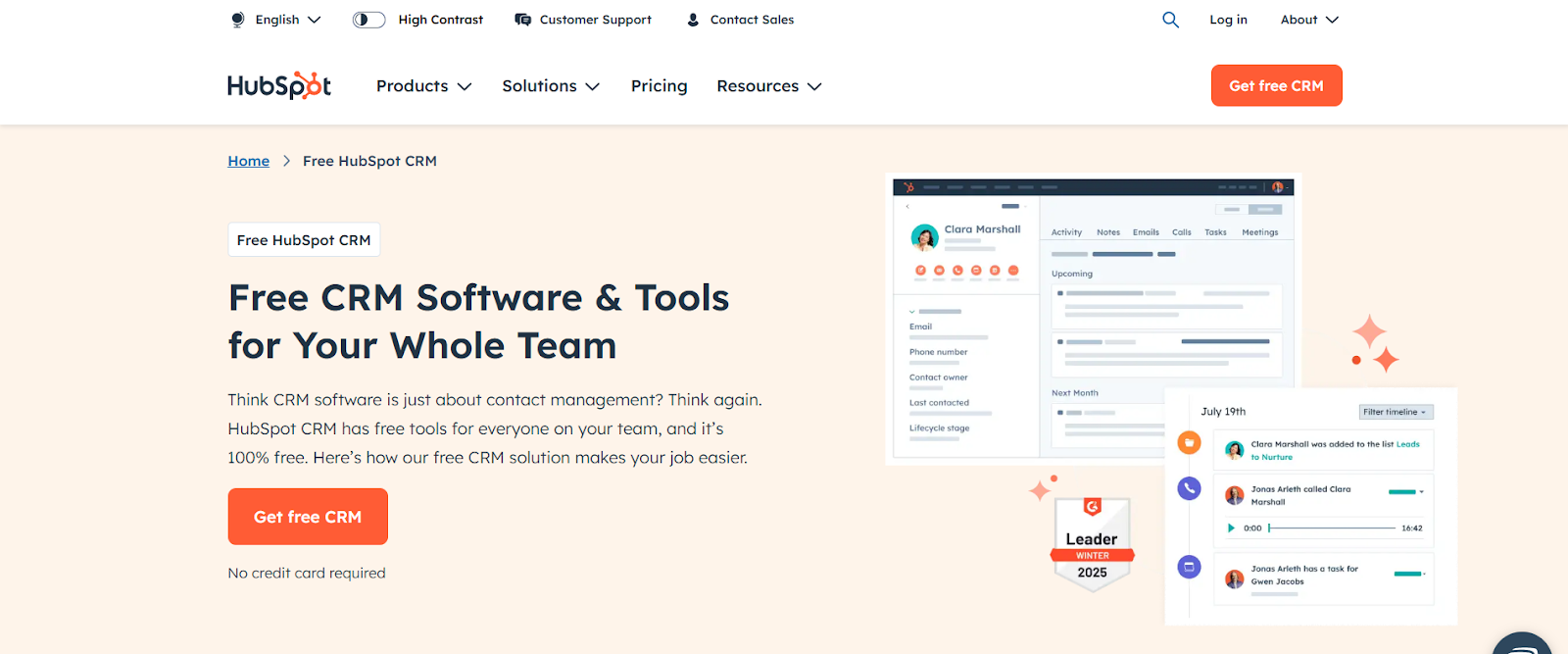
HubSpot’s native Facebook Lead Ads integration is easy to set up and routes leads straight into your CRM. You can trigger automated email sequences and assign leads based on form data, but native sync speed can sometimes lag.
Salesforce
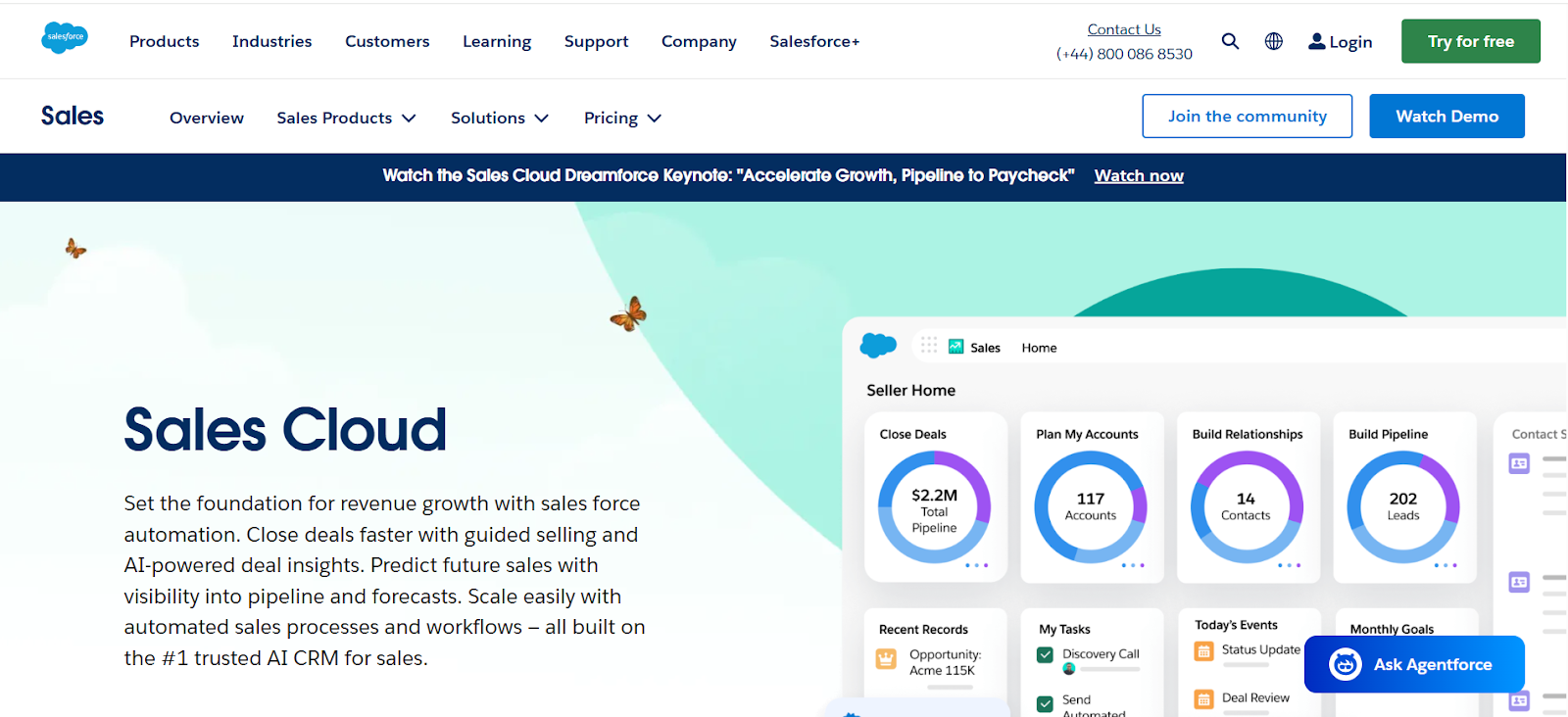
Salesforce connects with Facebook Lead Ads via its Marketing Cloud and third-party tools. Once synced, you can use workflows to score leads, assign tasks, and track conversion paths. Best for enterprise teams with complex pipelines.
Zoho CRM
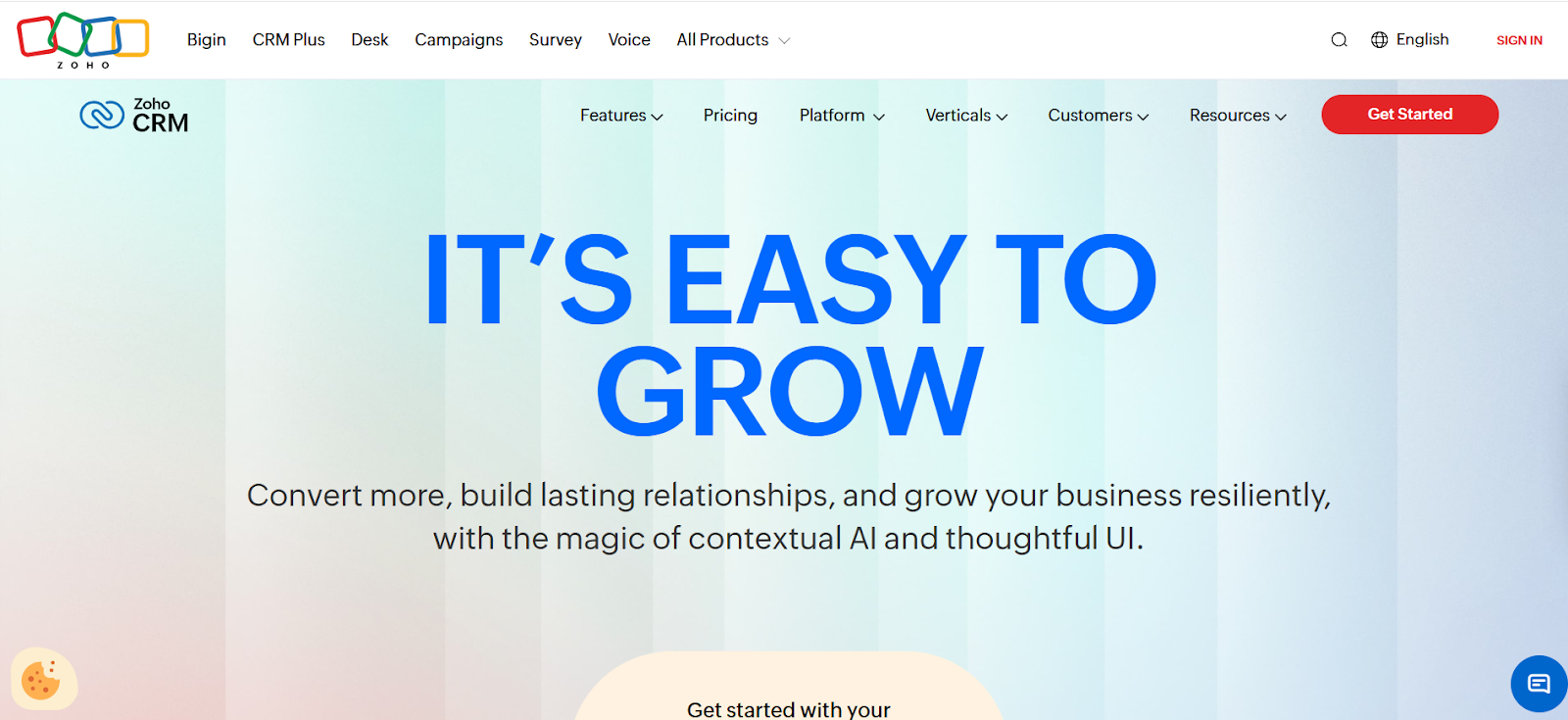
Zoho CRM offers direct Facebook Lead Ads integration, letting you map fields and trigger automated follow-ups. The interface is straightforward, but customization may require additional setup for advanced workflows.
Pipedrive
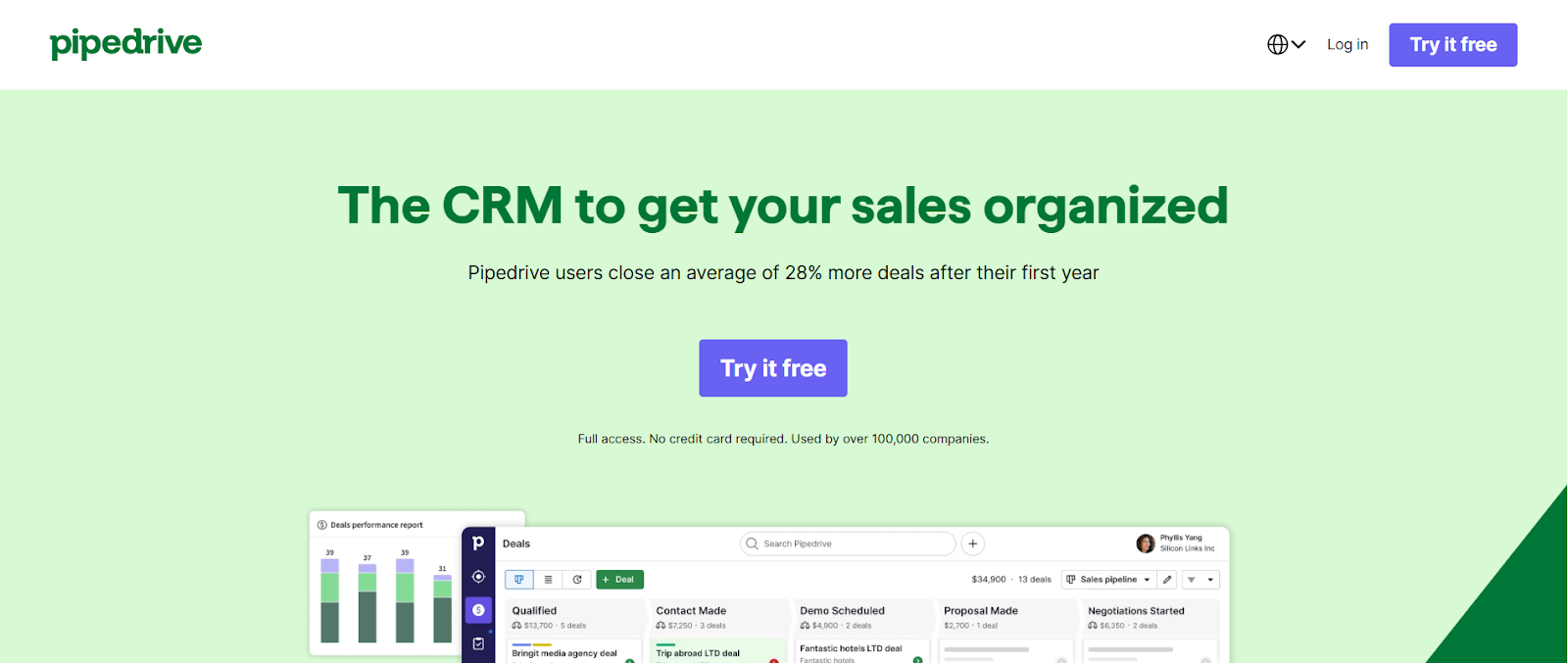
Pipedrive uses its Leads Inbox or marketplace integrations to capture Facebook leads. It’s quick to configure and works well for SMB sales teams focused on fast follow-up.
Setting up Facebook Lead Ads CRM integrations
The exact process varies by CRM, but the steps below work for most platforms. The goal is to ensure your leads flow instantly into your sales system without data errors or delays.
1. Confirm your CRM’s integration method
Check your CRM’s documentation or app marketplace to see if it offers a native Facebook Lead Ads integration. Some CRMs (like HubSpot or Zoho) connect directly, while others (like Pipedrive or ActiveCampaign) require a third-party connector such as Ads Workbench. Knowing your method early avoids wasted setup time.

2. Connect your Facebook account
Log in to your CRM or connector tool and authenticate with your Facebook account. You’ll need admin access to the Facebook page running your Lead Ads. Once connected, select the ad accounts and specific pages you want to pull leads from to ensure the right campaigns are synced.
3. Map your lead form fields
Match each field from your Facebook lead forms to the correct fields in your CRM — for example, “Full Name” to “Contact Name,” “Phone” to “Mobile,” and “Email” to “Email Address.” If your CRM allows, also set default values for missing fields to avoid blank records.
4. Set up lead routing rules
Decide how leads should be assigned to your sales team. This could be round-robin assignment, territory-based routing, or using specific form answers to send leads to the most relevant rep. Well-structured routing ensures fast follow-up, which significantly improves conversion rates.
5. Configure follow-up automation
Once routing is in place, create workflows or sequences that trigger immediately when a new lead is added. This could include sending a welcome email, assigning a follow-up task, or starting a drip campaign. Early engagement increases your chances of closing the deal.
6. Test the connection
Run a live test by submitting a lead through one of your Facebook forms. Check that it appears in your CRM with all the correct data, routing, and automation triggers in place. Native integrations may take 5–15 minutes; Ads Workbench delivers in seconds, letting you test and iterate faster.
Best practices
Once your Facebook Lead Ads are flowing into your CRM, the real gains come from what you do next. Here’s how to turn that steady stream of data into deals.
1. Respond while interest is fresh
Set alerts so reps know the moment a lead lands in their queue. Calling or emailing within five minutes can double your conversion rate — even a short delay can drop it sharply. Most CRMs can send these alerts automatically when a new record is created.
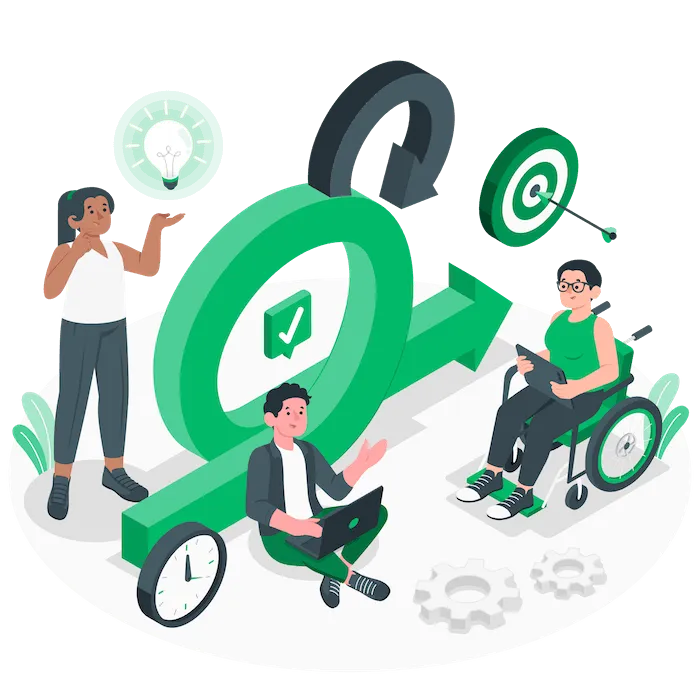
2. Segment your leads for targeted outreach
Use form answers, campaign source, or ad creative to group leads by interest level or product fit. Tailored follow-up messages convert better than one-size-fits-all responses. CRMs can auto-tag and assign these segments using workflow rules.
3. Build nurture sequences for colder leads
Not every lead will be ready to buy today. Create automated drip email campaigns that share relevant content or case studies over time. This keeps your brand top-of-mind until they’re ready to act, without manual sending.
4. Track lead source performance
Capture UTM parameters and ad IDs in your CRM so you can see which ads bring in the highest-quality leads. If your connector supports it, this mapping can be set once and applied automatically to every lead.
5. Keep your data clean
Review your CRM for duplicates, missing fields, or outdated records. Some CRMs can run scheduled clean-up rules automatically. If you’re using a connector like Ads Workbench, check the activity log regularly to ensure every lead is syncing without errors.
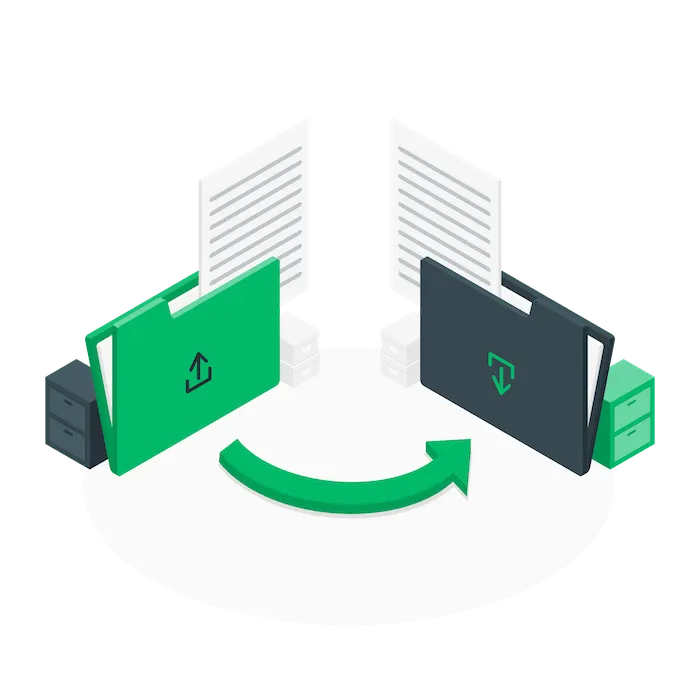
When you combine real-time delivery with these automated workflows, your CRM stops being just a storage space — it becomes a tool that actively drives revenue.
Common issues
Even with a solid CRM, Facebook Lead Ads integrations can create unexpected headaches. Delays, data errors, and broken connections all chip away at your conversion rates. Here are the most common problems — and why using Ads Workbench means you’ll rarely encounter them.
Lead delivery delays
Native CRM integrations often sync every 5–15 minutes, and in some cases hourly. That delay can mean the difference between reaching a prospect at peak interest or losing them to a competitor. Ads Workbench delivers leads in seconds, keeping your team first in line.
Missing or mismatched data
Some integrations fail to map all Facebook form fields correctly, leaving blanks or mismatched values in your CRM. With Ads Workbench, you can fully control field mapping so every lead arrives complete and ready for follow-up.
Broken connections after updates
Platform changes or expired permissions can silently break native integrations. Ads Workbench alerts you to connection issues immediately and provides simple tools to reconnect without losing leads.
Limited routing options
Native integrations may not support advanced lead assignment rules. Ads Workbench lets you build precise routing flows so leads always land with the right rep from the start.
Examples of automating Facebook Lead Ads follow-up
Once your leads are flowing directly into your CRM, automation can turn those form submissions into conversations — fast. Here are a few proven ways marketers are using Facebook Lead Ads integrations to boost conversions.
1. Instant welcome emails
Trigger an email as soon as a lead submits a form, thanking them and providing a next step, like booking a demo or downloading a resource. Most CRMs can send this automatically based on new lead creation.
2. Immediate sales rep assignments
Route leads directly to the right sales rep based on territory, product interest, or form answers. This ensures they hear from someone relevant without bouncing between teams.
3. SMS follow-up for hot leads
If your CRM supports it, send a short, personalized SMS to high-priority leads within minutes. This works especially well for industries where speed is critical, like real estate or events.
4. Retargeting warm leads
Sync leads who haven’t converted into Facebook Custom Audiences for remarketing ads. This keeps your offer in front of them while your sales team continues outreach.
5. Multi-channel reminders
For longer sales cycles, set up automated reminders in Slack or email when a lead hasn’t been contacted within a set timeframe. This keeps them from going cold without relying on manual tracking.
With the right workflows, follow-up happens consistently and on time — making every lead worth the ad spend.
Streamline and manage your leads easier with Ads Workbench
Slow lead delivery and messy integrations cost you deals. Ads Workbench fixes that with real-time Facebook Lead Ads syncing, precise field mapping, and advanced routing — all without complex setup.
Get leads from Facebook into the right hands in seconds and turn more ad spend into revenue.



